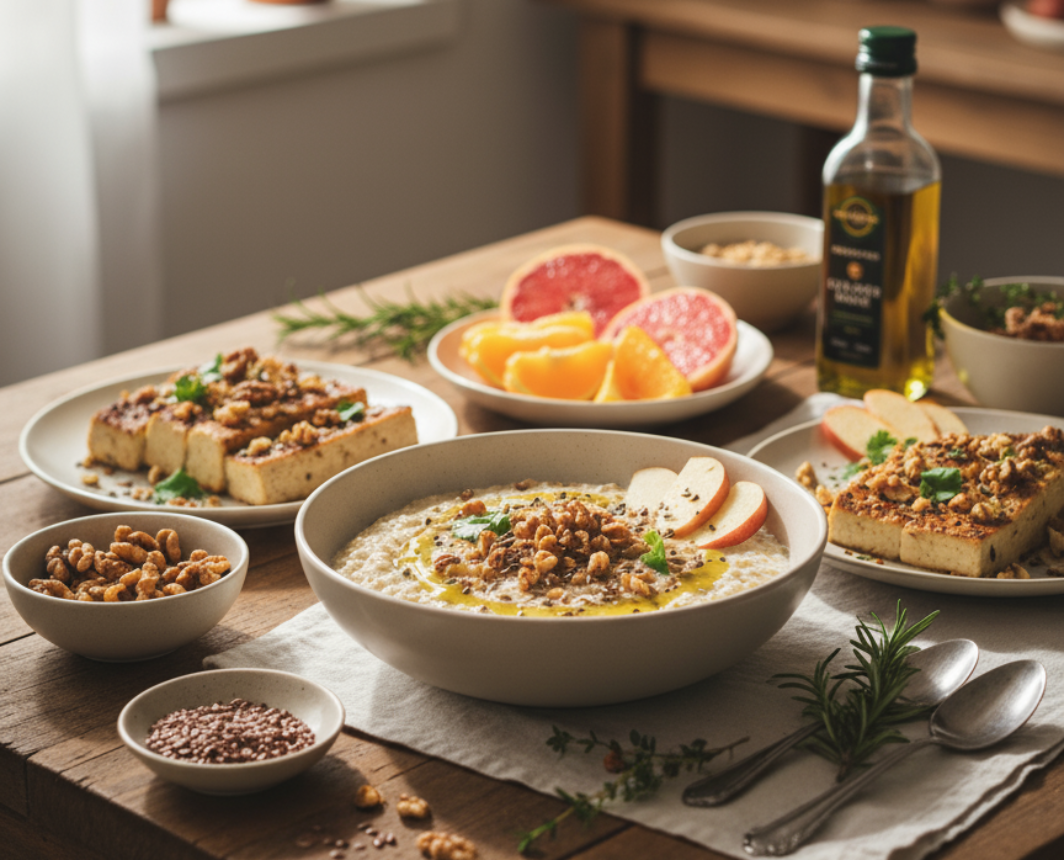
According to Master Trinh Hong Son, Director of the Center for Nutrition Education and Communication at the National Institute of Nutrition, "Diet is the most effective factor to intervene in regulating dyslipidemia. A balanced diet, low in saturated fat and high in fiber, not only helps control cholesterol but also strengthens the immune system and supports the cardiovascular and digestive systems."
This expert recommends that older adults reduce saturated fats and bad cholesterol, replacing animal fats with vegetable oils such as peanut oil, olive oil, and soybean oil; and increase consumption of omega-3-rich seafood such as salmon, mackerel, and herring. Maintaining 3-4 fish meals per week can help lower LDL-C ("bad cholesterol") and increase HDL-C ("good cholesterol").
In addition, older adults need to supplement their diet with plenty of soluble fiber from green vegetables, beans, oats, and fresh fruits. Fiber acts like a "broom," sweeping away excess cholesterol in the digestive tract and reducing the absorption of bad fats into the bloodstream. An ideal diet should include at least 300g of vegetables and 200g of ripe fruit daily, equivalent to about 25g of fiber.
Protein is also important, but it's crucial to choose safe sources. Experts recommend prioritizing plant-based protein and fish, and limiting red meat, organ meats, chicken skin, and fried foods. Protein from tofu, lentils, sesame seeds, and peanuts is not only low in fat but also rich in antioxidants, helping to prevent atherosclerosis.
Besides reducing fat, cutting down on refined carbohydrates and simple sugars is an indispensable principle. White rice, pastries, sugary drinks, and white bread should be replaced with brown rice, oatmeal, sweet potatoes, and whole grains. At the same time, limit salt intake to less than 5g/day to avoid high blood pressure – a leading risk factor associated with dyslipidemia.
According to Master Trinh Hong Son, a simple and easy-to-follow menu suggested for the elderly includes: Breakfast with oatmeal porridge with unsweetened milk and one ripe banana; Lunch with brown rice, steamed mackerel with ginger, boiled vegetables, and pumpkin soup; Dinner with mung bean porridge with tofu and stir-fried vegetables in olive oil.
Between meals, you can supplement with plain yogurt, carrot-orange juice, or a few walnuts.
Foods considered "golden" in preventing high blood lipid levels include: oats, garlic, olive oil, tofu, apples, grapefruit, flax seeds, and walnuts – all rich in antioxidants and helping to lower cholesterol naturally. Conversely, older adults should avoid processed foods such as sausages, bacon, fast food, pastries, and margarine.
Besides nutrition, daily exercise is a crucial "medicine" that helps the body maintain stable metabolism. Older adults should walk, cycle slowly, or practice gentle exercises for about 30 minutes each day to improve circulation and control weight. Regular blood lipid checks every six months also help detect abnormalities early and allow for timely intervention.
Master Trinh Hong Son emphasized: "Elderly people should not view dieting as a form of suffering, but rather as a form of medicine. Eating properly, eating enough, and exercising regularly are the most sustainable ways to prevent dyslipidemia."
Source: https://baolaocai.vn/bi-quyet-phong-tang-mo-mau-o-nguoi-cao-tuoi-post885501.html







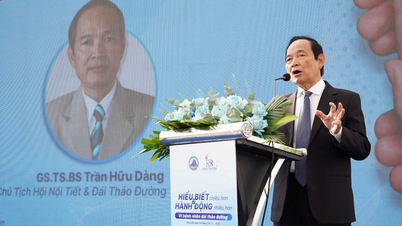









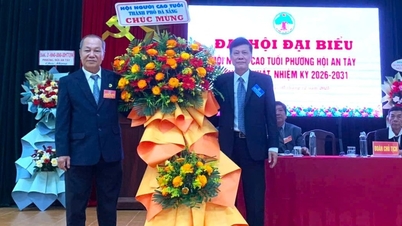






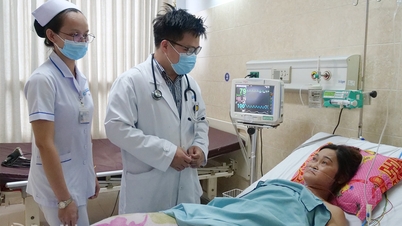













![[Photo] Prime Minister Pham Minh Chinh holds a phone call with the CEO of Russia's Rosatom Corporation.](/_next/image?url=https%3A%2F%2Fvphoto.vietnam.vn%2Fthumb%2F1200x675%2Fvietnam%2Fresource%2FIMAGE%2F2025%2F12%2F11%2F1765464552365_dsc-5295-jpg.webp&w=3840&q=75)


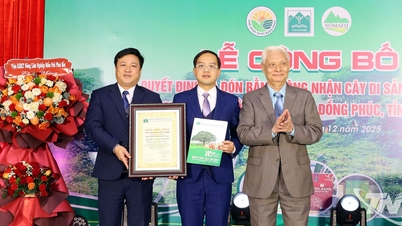
















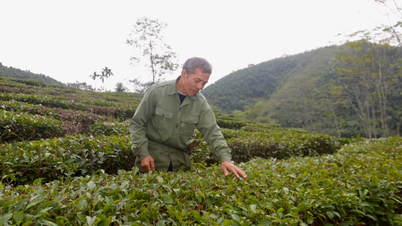
























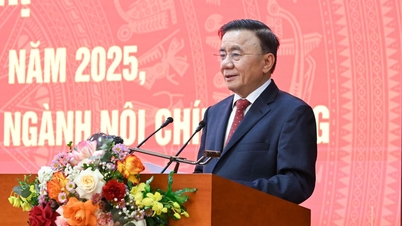










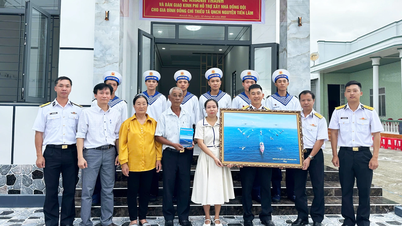














Comment (0)